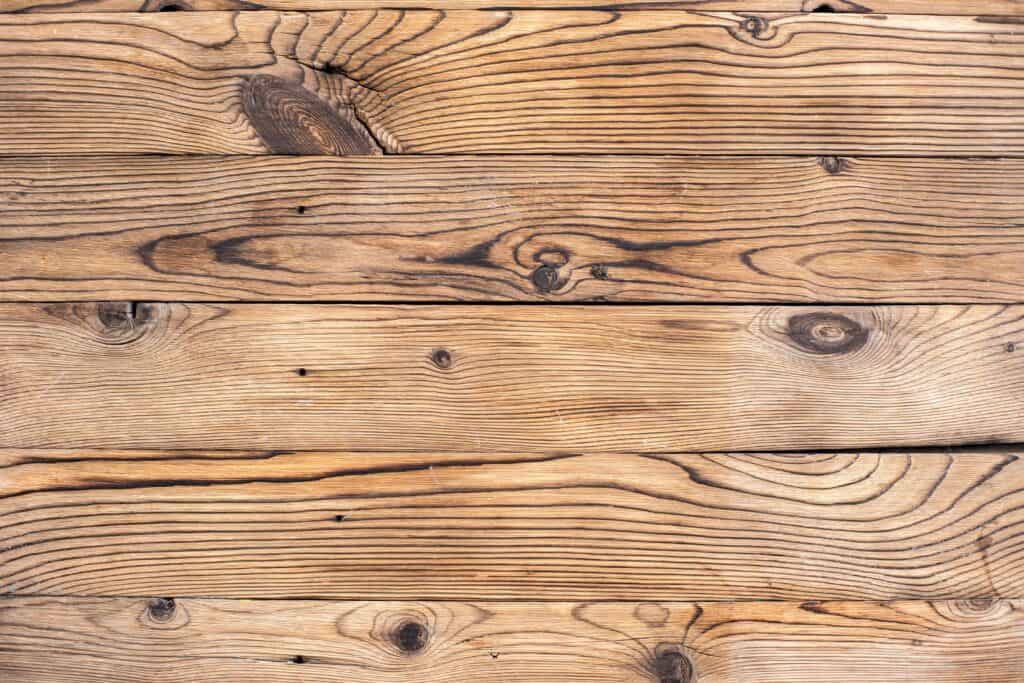
Hardwood vs. Softwood: What is the Difference?
When looking for the perfect furniture for your home, it’s easy to get bogged down by the various materials and terms. Fortunately, we can help! Hardwood and softwood both have advantages and disadvantages. Let’s look at hardwood vs. softwood and the differences between the two and discover which furniture type best suits your home.
What is Hardwood?
Hardwood does not simply refer to hardwood. Rather, it is sourced from angiosperm trees, which produce fruit with an enclosed seed (apples, acorns, walnuts, etc.). Examples include oak, maple, and hickory trees. Angiosperms flower and fall annually; most importantly, they take a long time to fully mature. Some angiosperms take over 100 years to reach maturity. This slow, steady growth creates a dense, strong, sturdy wood called hardwood.
Advantages of Hardwood vs. Softwood
Hardwood provides many benefits, especially for furniture building. Let’s examine the advantages of this wood type for carpentry.
-
Durable
Remember, hardwood trees can take decades to mature. This gives the wood grain plenty of time to build its defenses. Timber harvested from angiosperms is extremely strong and durable, making it naturally scratch-resistant and difficult to damage. Synthetic woods can be created quickly but don’t feature the same durability as natural hardwood furniture.
-
Long-Lasting Investment
Durability and longevity offer an amazing benefit: a quality investment. Because hardwood is naturally tough and long-lasting, the money you put into hardwood pieces proves a worthy investment. Rather than purchasing furniture replacements over and over again, hardwood provides a great long-term option, especially for handcrafted, heirloom furniture.
-
Natural Beauty
It’s difficult to argue with the gorgeous color and grain of slowly-grown hardwood. Hardwood features visible “pathways” and spores used to carry water and nutrients throughout the angiosperm. These spores give the timber a distinctive, grainy look and often darken the overall color of the wood.
Disadvantages of Hardwood
While hardwood trees certainly offer benefits, there are also a few disadvantages.
-
Expensive
Because a fully mature hardwood tree can’t be pulled out of thin air in moments, the wood tends to be more expensive than wood from softwood trees. It takes longer to replace each cut angiosperm, so the cost runs higher to compensate.
-
Difficult to Work With
Hardwood tends to be heavy and difficult to mold, which complicates the task of transforming it into furniture. Artisans typically find it more time-consuming and labor-intensive to work with hardwood. Additionally, the grain does not absorb stains and sealers like softwood does.
What is Softwood?
Now that we’ve discussed the ins and outs of hardwood, it’s time to look at the other side of the coin. Softwood comes from gymnosperm trees. While an angiosperm bears fruit with a “protected” seed, a gymnosperm features an “unprotected” seed. Examples include pine and cedar trees. Softwoods grow much faster than hardwoods and do not require the same network of nutrients within the wood grain. Because they mature quickly, the wood does not have as much time to toughen up, hence the term “softwood.”
Advantages of Softwood vs. Hardwood
Softwood offers several key benefits, including the following.
-
Cost-Effective
Softwoods grow quickly and easily, providing an inexpensive alternative to hardwoods. Of course, the price isn’t always cut and dry. Some softwood species run pricier than some hardwood species, and vice versa. However, as a general rule, the availability of softwoods makes them a cost-effective choice for furniture building.
-
Environmentally Friendly
Because softwoods are fairly simple and fast to source, using their wood for carpentry is friendly to the environment. They can be replaced rapidly, unlike hardwoods, which require years to mature fully.
-
Multi-Purpose
The soft, supple wood sourced from gymnosperms easily handles chiseling, staining, and shaping. This makes softwood a good option for various projects and styles. Additionally, artisans find it quick and easy to work with softwood.
Disadvantages of Softwood
Like hardwood, softwood has its cons. Several disadvantages of building furniture with softwood include the following.
-
Prone to Damage
While the workability of softwood makes it easy to carve and stain, it also increases its likelihood of being damaged. Scratches, chips, and imperfections will typically appear on a softwood piece before a hardwood piece.
-
Shorter Lifespan
Because softwood is more prone to damage, softwood pieces have a shorter overall lifespan, especially in homes with pets or children. Of course, with proper care, maintenance, and a little love, softwood pieces can enjoy a place in your home for years.
Hardwood vs. Softwood: Which Is Right for You?
Wood selection is all about personal taste and need. First, ask yourself what type of look you prefer. Do you like a pronounced grain? Do you gravitate towards darker woods or lighter woods? What wood typically catches your eye (maple, oak, pine, etc.)? If you are drawn to heavy, dark woods, hardwood probably suits you better. On the other hand, if you prefer a lighter, cleaner look, consider looking for softwood.
Of course, it is also essential to consider the lifespan of your furniture. If you plan to keep a piece in your home for years or anticipate a lot of wear and tear, hardwood might work best in your home.
Looking for the Perfect Hardwood or Softwood Piece? We Can Help!
Need help finding the perfect hardwood or softwood furniture? E-Amish has you covered! Our vast selection of beautifully handcrafted furniture will delight your family for years. Browse our wide selection of Amish furniture today!



 833-326-4743
833-326-4743


